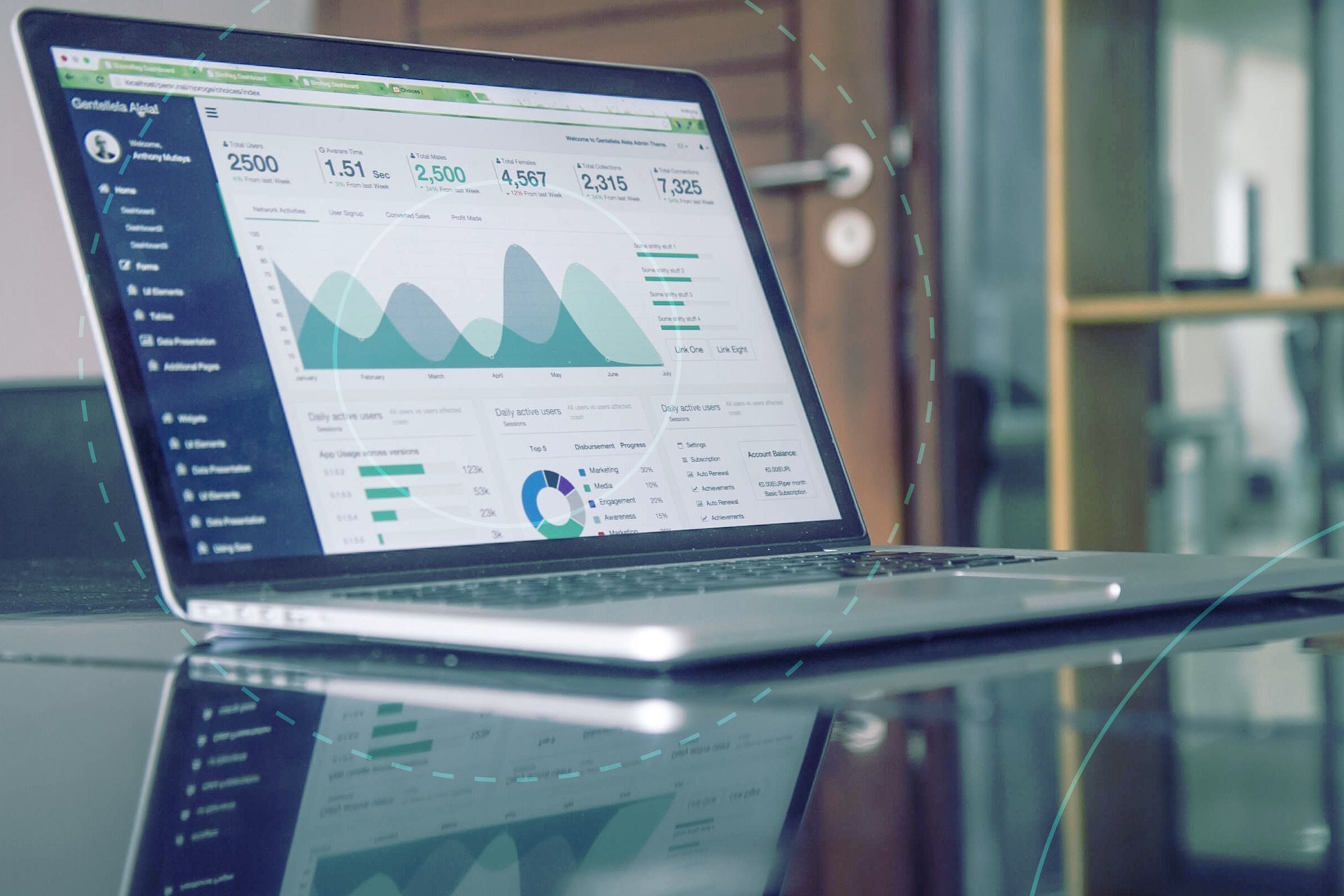What is a DSP, and how does it help advertisers target customers more effectively?
Modern advertisers rely on demand side platforms to target audiences and optimize campaigns at scale
The average customer spends almost seven hours online each day across all devices, so it should be no surprise when advertisers try to attract their attention. Today, at least 66% of all businesses invest in digital marketing strategies, and that number will only grow moving forward. Unfortunately, that also means advertising supply chains have become highly competitive as advertisers compete to reach valuable target audiences.
Modern advertisers increasingly rely on demand side platforms (DSPs) that buy inventory and optimize campaigns. But what is a DSP, and how does it help advertisers navigate the digital marketing landscape? Here’s everything advertisers and growth marketers need to know about these essential ad solutions.
Expand your knowledge of the programmatic ecosystem even further with our comprehensive resource, What Is Programmatic Advertising?
What Is a DSP?
A demand side platform, or DSP, is software that lets advertisers buy inventory from multiple sources in real time. It connects agencies with ad exchanges and networks across the digital advertising ecosystem and automatically bids on placements that meet campaign objectives. DSPs also provide a single dashboard interface that unifies data from each programmatic partner and elements of advertising solutions such as campaign management and performance.
DSPs focus almost exclusively on advertiser services, unlike supply-side platforms (SSPs), which offer programmatic solutions for publishers. However, DSPs and SSPs interact frequently, usually when taking part in real-time bids on ad exchanges. To learn more, read our supply-side guide, “What Is a Supply-Side Platform?”
Key Features and Capabilities of DSPs
Brands rely on DSP advertising mechanisms to simplify and streamline ad buying in a digital advertising ecosystem where billions of transactions occur daily. While direct sales still take place for high-performing inventory — particularly for CTV placements — these DSP features are crucial for reaching entire market segments across mobile and traditional web channels:
Digital Ad Inventory Targeting
Advertisers use DSPs to connect to other digital advertising platforms where publishers sell their available inventory. These platforms are typically ad exchanges, but DSPs are compatible with ad networks or might connect directly to an SSP.
Since DSPs manage such high inventory volume, they include filtering tools to focus on impressions that match campaign goals. For example, there’s no point in promoting an app in regions where it isn’t available, so advertisers can assign campaigns to target regions to avoid wasting money. Depending on the individual DSP, these tools can focus on more granular metrics such as demographics, language, device type, channel, or ad format.
Real-Time Bidding
Most DSPs purchase available inventory through real-time bidding (RTB), an automated auction that concludes in a fraction of a second. SSPs automatically list their inventory when an app or website requests an ad, complete with a starting bid and various audience identifiers. DSPs then bid on placements that meet their clients’ objectives and ad type — such as display, search, native, or video — with a price ceiling reflecting its perceived value. Once RTB concludes, the winning DSP communicates with advertising servers to deliver the ad to the end user.
Data Collection
DSPs collect data from across the advertising supply chain to gain insight into campaign performance. The exact data collected will vary by region and campaign but almost always includes aggregated impressions, views, clicks, and conversions. Whenever possible, DSPs collect available user data, such as device IDs, purchase histories, or recently-used apps.
Campaign Management
Finally, each DSP has campaign management tools for deploying ad creative and analyzing performance. Along with providing high-level reports and insights, DSPs can also optimize campaigns automatically. For example, if user engagement or conversions are exceptionally high for display ads, it can adjust the bid ceiling to acquire more inventory. DSPs can also rotate out low-performing creative or vary advertisements that the same user profile already received. With these tools, advertisers can centralize their campaign management efforts while getting the most value from every placement.
Naturally, inventory value and bid ceilings can vary from channel to channel. Connected TV (CTV) is a perfect example now that more than half of consumers use at least one free ad-supported streaming TV service. As a result, CTV ad performance surpasses social media, websites, and mobile games for brand recall and affinity, making it a growth opportunity advertisers cannot ignore. To learn more about entering the market, download our guide, The CTV Advertising Playbook.
How DSPs Benefit Advertisers
Streamlined Interface
The digital advertising space is huge and highly active, making it almost unwieldy for any advertiser or agency to operate at scale by themselves. With a DSP, however, advertisers can interact with their programmatic supply chain access from a single interface and reach potential customers at scale. What’s more, its automated features make it easier to optimize campaigns, target high-value inventory, and execute campaign goals without having to manage each variable manually.
Audience Targeting
DSPs have audience targeting options that help advertisers deliver messages to their most valuable leads. First and foremost, it lets them prioritize bids for inventory that meets advertiser criteria. For example, if an advertiser’s target market enjoys a particular mobile game, the DSP can assign a higher bid ceiling to video placements from the app.
DSPs also collect user data from each ad deployment, such as actions and identifiers. Advertisers can compile this data within user and audience profiles, finding insights that will ensure campaign optimizations are even more effective in the future.
Ad Fraud and Brand Safety Tools
With an estimated 26% of online marketing traffic dedicated to malicious activity, advertisers cannot afford to ignore ad fraud and brand safety tools. DSPs increasingly use fraud detection tools to identify fraudulent inventory, verify user actions, and other precautions. Yet even verified publishers can pose brand safety risks when the placement is irrelevant or communicates the wrong message, such as placements over news coverage of violent events. To that end, DSPs often include brand safety solutions that exclude any inventory associated with risky keywords or websites.
The Future of DSPs
Demand side platforms are big business; companies like Apple are making moves to launch their own DSPs to take advantage of the financial opportunity they present. However, the coming years will pose several challenges for advertisers, particularly regarding privacy. Now that cookies and legacy identifier technology are being phased out, standard user identification techniques are less reliable, more expensive, or both. This trend encourages advertisers to experiment with contextual targeting, probabilistic matching, and other techniques for analyzing campaign performance.
We’re also seeing DSPs begin to diversify their services to generate alternate revenue streams — most notably, supply-side publisher services. On the other side of the supply chain, SSPs are following suit with advertiser integration tools for clients who wish to buy inventory directly. These changes will continue to blur the role of real-time bidding platforms in the years ahead.
Meanwhile, at tvScientific, our sophisticated advertising platform offers premium inventory directly from CTV providers, ensuring brand safety without the additional technology layers. These tools make it easier for growth marketers to collect and analyze real-time performance feedback, optimize campaign strategies, and maximize ROI. Get in touch today to find out what CTV advertising can accomplish for your brand.







